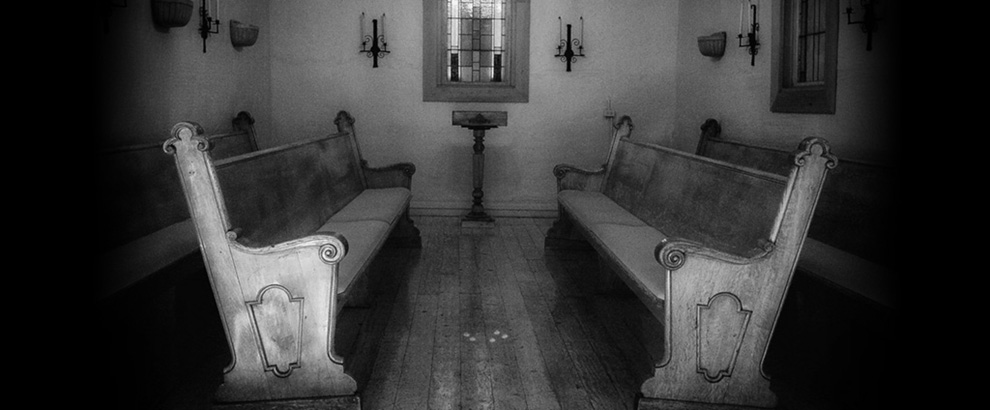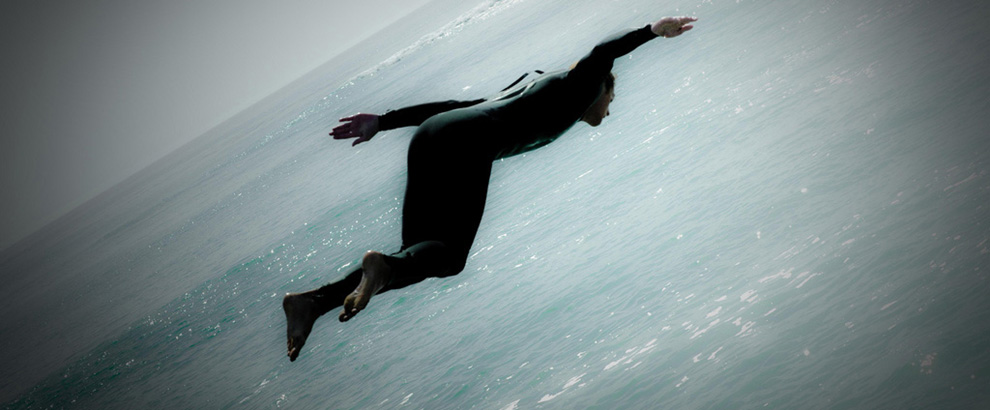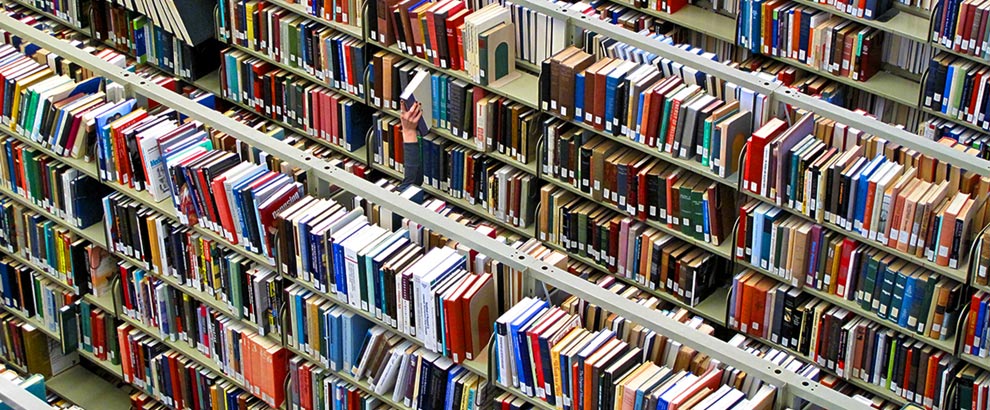
The Covid-19 pandemic has wreaked all manner of havoc and misery across the world, and in the way of all such human crises, it has also revealed deep reservoirs of our species’ adaptability, resourcefulness, and endurance. Part of that adaptation is purely practical: adjusting our behavior and lifestyle to minimize the risk of infection to ourselves and others, and making sure we will have enough food and shelter to survive the economic shock the pandemic has caused.
But another, arguably just as important part, has to do with meeting the internal challenges the pandemic poses, in the realm of what we commonly refer to as psyche, spirit, soul, and communion—that rich playground of the imagination where we grapple with questions of meaning and value, love and devotion, hope and despair.
Whatever our material accumulations, we are poor indeed without a sense of the larger and deeper context, purpose and delight of our interior lives.
Some people access that realm chiefly in a religious tradition, others in nature, service, art, acts and expressions of love. One thing that virtually all of humanity shares in common, however, is that we touch it in music.
Doesn’t much matter which genre, epoch or setting—all of us, since the earliest cave drummers, have been nourished and inspired by the taps and pulses, strums and twangs and lilts of people using their voices and implements to fill us with peace as well as provocation, joy and sorrow, wild abandon and quiet contemplation.
Where and who would we be without it?
***

***
Sometimes a piece of music arrives that seems in perfect conjunction with its time. This makes “Hymn for These Times” a pretty much perfectly named song, especially given that its final iteration dates only to last April, after the Covid-19 pandemic was well on its way to disrupting the lives of most people around the globe.
That would include the song’s composer, Jay Rogers, and lyricist Meggan Moorhead.
Rogers wrote it as a piece of pure, unnamed piano music about a decade ago (You Tube version at the end of this post). It grew out of the improvisation he has long practiced while sitting at the baby grand piano he keeps in his living room in Cambridge, Massachusetts. He refined it over time and found himself returning to play it more intensively as the Covid crisis deepened and he found the song’s mood meeting its mate in the crisis.
That’s also when he gave it a title.
“It was always about how in the end, we will be one, despite our divisions,” he reflected in a recent phone interview. “About that sense of loneliness in the world; a sort of sadness while at the same time: hope.”

Last year, as the pandemic descended, Rogers found himself unable to find the “inner tranquility” to ascend to his upstairs studio where he had spent the better part of 40 years being a solo woodworker. Longing for connection again amidst the disconnections of the pandemic, he picked up the pace of both his teaching and the playing and composing that he had always maintained amidst his woodworking days.
He and Moorhead, a Durham, North Carolina-based psychotherapist by day and poet-lyricist by night, had collaborated on several songs in the 1980s when they were neighbors in Boston, and had always kept in touch. When Moorhead saw Rogers’s Facebook post with the piano version last April, her immediate thought was it was “the most beautiful thing I’d ever heard.”
Her second thought was in the form of a question to him: “Does it have words?” When he answered no, she asked if she might try to supply some.
“I was hoping you’d ask me that,” he replied.
Here is the result of that conversation, with a remarkable assist from vocalist Sam Robson, a London-born musical wunderkind who accompanies himself in four-part harmony as a kind of one-man a capella group, master of the multi-track and a wondrously expressive vocal range.
***
***
“Music for me is abstract, sort of disembodied,” says Rogers, qualities that the tune itself suggests with a kind of fathomless sadness saved only by its transcendent, ethereal beauty. “Meggan captured its essence and then brought it back to earth, placed it as a moment in time. She incarnated it.”
This lovely use of the word “incarnated” is shot through with religious connotations in the Judeo-Christian tradition in particular, though Rogers and Moorhead both fall more along the “spiritual” side of the “spiritual or religious?” spectrum that underlies so much modernist deliberation.
Sometimes, though, that question becomes more academic than useful. Is religion confined to a church pew and set of beliefs? Is it “spiritual” but not “religious” to address sadness, grief, hope and healing of the human heart in a time of carnage? With images of night and stars and mother’s lullabies, golden light and tender leaves, tears of sorrow and rising streams, a bird chorus and “the simple truth where we as One belong?”
Music such as this is sacred in its deepest sense—denoting reverence rather than reason, the silence between words, comforting above cogitating, heart rather than head. It hews as closely as anything to religion’s Latin root, “religare”—meaning “to bind.”
Bound we all are indeed by this pandemic. Bound to our homes, our screens, our masks, venturing carefully out on our byways, casting furtive glances at our fellow sufferers, taking a wide berth, far from the danger posed by the very breath that keeps us alive, muffling the very words of welcome we might extend to one another in recognition of all we share.
“Hello, fellow human. Hello in there.”
Bound, too, by the urgency with which we seek that again.
“Not one voice but many voices. Not one note but still One song.”
A song as luminous as the stars above, a beacon in this dark time, its few haunting notes and words making for all the meaning we can ever hope to absorb.
***
The original, with Jay Rogers at piano…
***

***
Check out this blog’s public page on Facebook for 1-minute snippets of wisdom and other musings from the world’s great thinkers and artists, accompanied by lovely photography.
http://www.facebook.com/TraversingBlog
Deep appreciation to the photographers! Unless otherwise stated, some rights reserved under Creative Commons licensing.
Elizabeth Haslam, whose photos (except for the books) grace the rotating banner at top of page.
https://www.flickr.com/photos/lizhaslam/
Library books photo by Larry Rose, all rights reserved, contact: larry@rosefoto.com
Tree by Andrew M. Hidas https://www.flickr.com/photos/andrewhidas/
Music on the hillside by Razvan Mirel, Copenhagen, Denmark https://unsplash.com/@razvan_mirel
Grieving girl by Theen Moy, Adelaide, Australia https://www.flickr.com/photos/theenmoy/















Thanks Andrew… It’s a rainy, cold Sunday morning here in southern Delaware, but your post and A Hymn For These Times opened my heart and warmed my feet.
Was pretty much the same here this morn, Michael, but the sun is peeking out now, doing that peekaboo thing with the clouds, so keep the faith!
“Hymn for These Times” is the perfect companion for our self-imposed isolation. After all, music is born in solitude. In fact, I often find it most moving when I’m alone. On another note (forgive the pun), the manner in which Meggan Moorhead melded her words into Jay Rogers’ unnamed piano piece reminds me of the way Aaron Copland composed “Appalachian Spring”. Choreographer Martha Graham asked him to write the music for a ballet which would celebrate the American spirit. Copland, a Lithuanian Jew who neither practiced his own religion or found solace in Christianity, found the spirituality of Shaker hymns an ideal fit for the Americana Graham desired. When he handed his untitled composition to Graham, he casually called it Martha’s ballet. She named it “Appalachian Spring”, a phrase borrowed from Hart Crane’s “The Bridge”, which bore no connection to Shaker culture. Nevertheless, it’s impressive how well Copland arranged his music to fit the words of Shaker hymns like “Simple Gifts”, easily the most recognizable passage from “Appalachian Spring”. Thanks again for the pure beauty of “Hymn for These Times”.
Robert, your observation that you often find music most moving when alone got me thinking about all the different ways we plug into it—alone, with a beloved partner hovered around a speaker, in a side room of a symphony hall, the full symphony hall, a stadium rock concert, a festival while we’re floating on an innertube in the river. While dancing, while mourning, while wandering down the street absorbed and nearly bumping into cars. In a room with music professionals, musically astute laypeople, others who don’t know much but know what they love. Quite the range, quite the different experiences, and worthy of future exploration, methinks—thanks!
And also for the Graham-Copland anecdote, that managed to incorporate Hart Crane and Shaker hymns—yes!
Gorgeous music. Thank you so much for sharing this and telling us all about it.
My pleasure indeed, thanks for tuning in!
Wonderful Post! Sam Robson has a remarkable voice & harmonic sensibility – any readers who responded to his singing I urge you to visit his website (see link Andrew provided) – for example, click on his version of Paul Simon’s “Scarborough Fair” – OMG!! Thanks again Andrew, your musical antenna never cease to delight!
Thanks, hadn’t seen that selection, Kevin—I felt like I was back in 17th century England, watching a heart-broken suitor make a last-pitch plea for the renewed affections of his beloved lass…
Quite unexpectedly, listening to the piece evoked deep and moving feelings about long-departed mother. She was a woman of strong and unbending opinions with whom I often did battle on political and social fronts. Born and reared in western Kansas and descended from resilient Danish immigrants who homesteaded in Nebraska and then Kansas, my mother was drawn to the piano and played quite well, though without formal training as we know it today. Listening to Rogers play this lovely piece brought back memories of my mother sitting at the piano and of the incredible beauty off the sounds coming through her. Listening to Rogers made me realize the beauty, the soulfulness and the humanity my mother was able to express through music. I feel badly for not consciously recognizing it in her during her life and sharing my appreciation with her for her capacity to transmit such beauty and such a highly evolved form of human expression. Thank you for sharing this lovely piece and the place it has touched my heart.
Glad you got to have this experience with your mom, Jay. “…such a highly evolved form of human expression” indeed—I would argue, I think, for the highest.
Andrew, this is a lovely piece of music, and haunting lyrics. But my favorite lines in this essay come from you. They are poetry:
“Bound we all are indeed by this pandemic
Bound to our homes, our screens, our masks,
Venturing carefully out on our byways, casting furtive glances at our fellow sufferers,
Taking a wide berth, far from the danger posed by the very breath that keeps us alive,
Muffling the very words of welcome we might extend to one another in recognition of all we share.”
That is exactly what it feels like.
All the best to you and all of those who comment on your work.
Very kind of you to arrange those lines as you did, Joan—would not have occurred to me. It has made my heart glad to share this song in the best way I know how. Thanks for taking it a step farther.